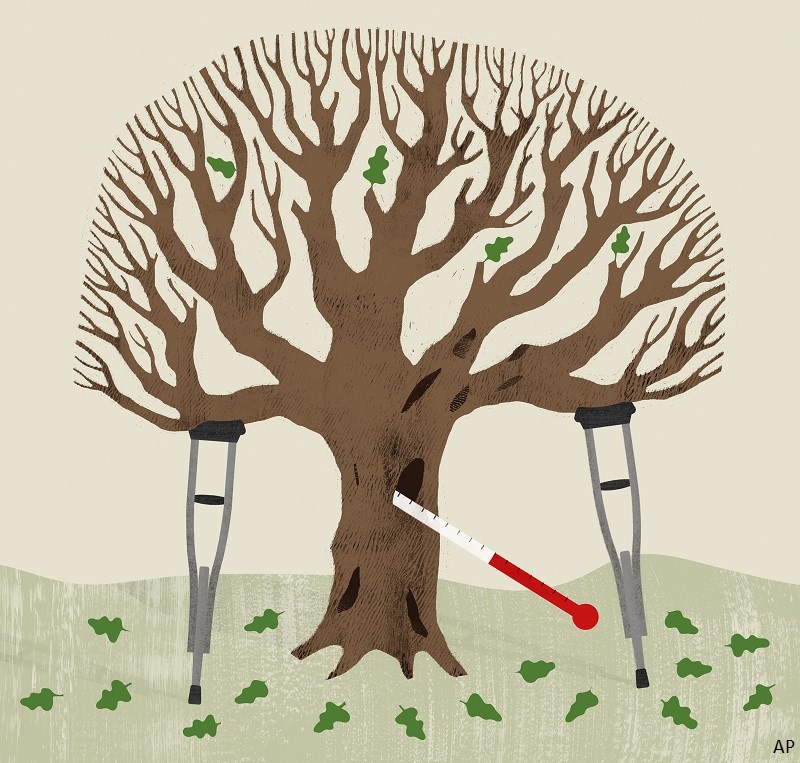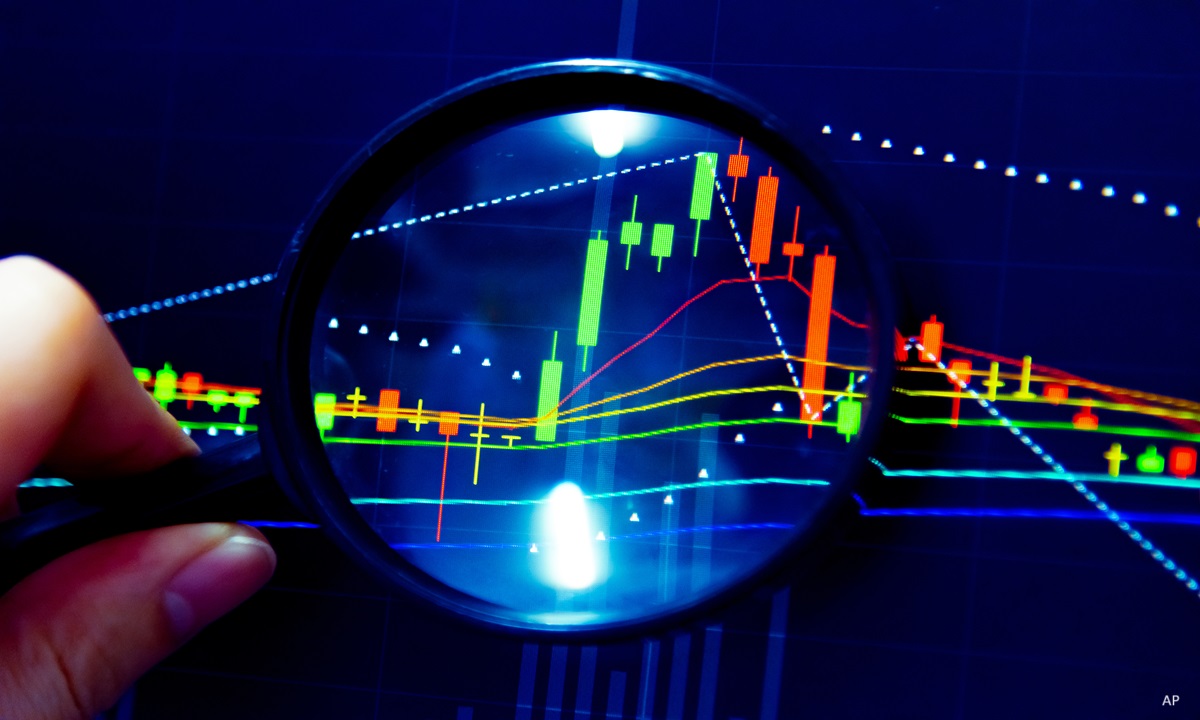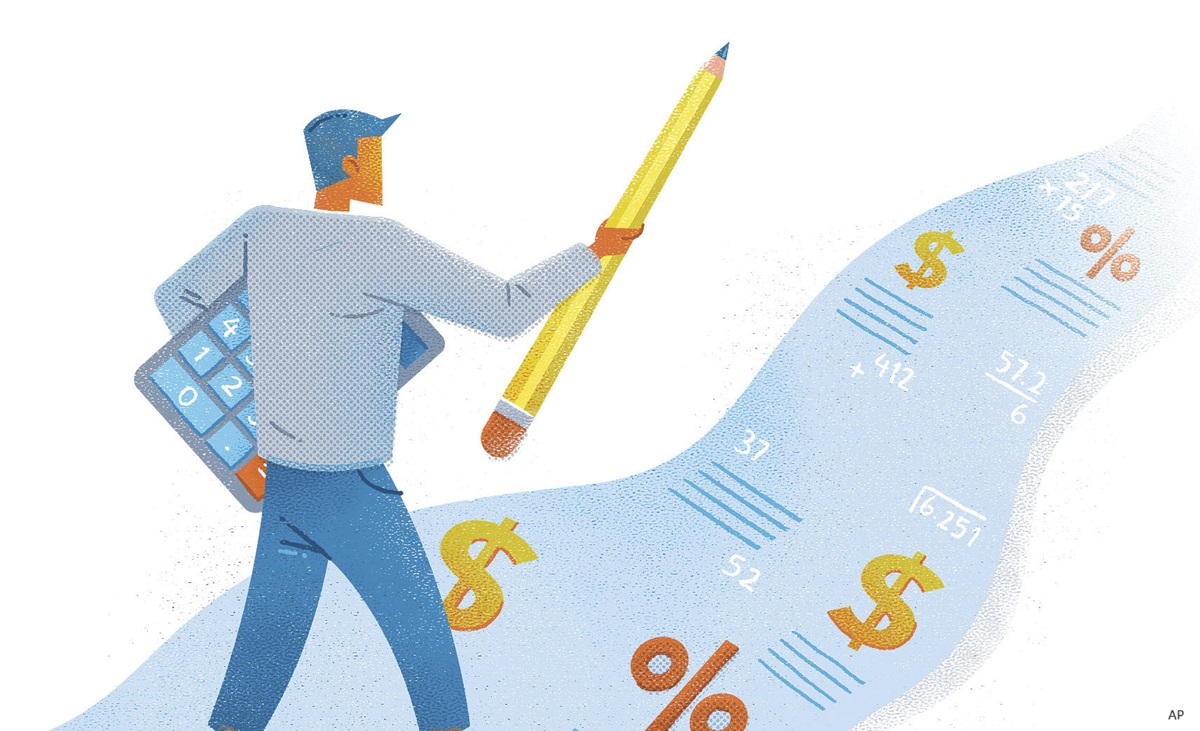
A friend recently reminded me of a curse, sometimes attributed to Robert Kennedy, and other times to ancient Chinese wisdom, that says: ‘May you live in interesting times’. I’m willing to bet no one will argue that 2020 has interesting times aplenty. The market highs of February were followed by the coronavirus pandemic and subsequent market volatility. As the world dealt with the COVID-19 lockdown, North America erupted with social unrest, as systemic racism once again reared its ugly head.
Through it, countries and businesses have looked to Central Banks for assistance and guidance, and they in turn have almost uniformly held rates low to help stimulate the economy. The Bank of Canada cut rates three times already this year, holding rates at near zero. And Sue McNamara, vice president, Fixed Income, Beutel Goodman Investment Counsel, believes that rates will stay this way until at least 2022.
“Central banks are likely to keep interest rates low until at least 2022. As a result, we believe the Canadian government bond yield curve will remain relatively flat over the next six months and then steepen as the recovery continues to unfold. The curve steepening is also helped by the Department of Finance’s recently released Debt Management Strategy which targets massive increases in the issuance of 10-year and 30-year bonds. We believe that corporate spreads will continue to grind tighter with continued central bank support, but the majority of the rebound from the wide levels experienced in the first quarter is over,” McNamara says.
McNamara is a senior member of the fixed income team that manages the gold-rated Beutel Goodman Long Term Bond Class F, bronze-rated Beutel Goodman Core Plus Bond F, the bronze-rated Beutel Goodman Income Class F, and the bronze-rated Beutel Goodman Short Term Bond Class F.
She says that while the team remains positive on credit over the long term, she believes it is time to be selective and is focused on sectors and names that will be well-supported through the recovery, such as utilities, infrastructure, financials and telecommunication companies. “With significant opportunities in curve and duration fairly muted with a lower for longer interest rate environment, we have constructed a carry portfolio,” she says.
Canada Downgraded? Not Really.
There was a recent shock in Canada when a credit rating agency downgraded Canada’s sovereign rating to AA. DBRS Morningstar has retained our rating of AAA for Canada, as we believe that notwithstanding the deep recessionary outlook in the near term, Canada has substantial capacity to absorb shocks and cope with pending challenges without putting downward pressure on the ratings. We also believe that while the public health crisis will need to subside for a recovery to firmly take hold, the large and timely stimulus should lessen the damage stemming from the sudden stop in commercial activity and then accelerate the recovery by reinforcing pent-up demand as the virus-containment measures ease.
McNamara feels that with the Canadian government increasing its budget deficit as a percentage of GDP to levels not seen since wartime, there will be long-term consequences especially as the fiscal cushion that the government will need during the next recession has already been eroded. “We believe that the downgrade is a shot across the bow to the Canadian government to enact some fiscal discipline and outline a plan to reduce the country’s Debt/GDP ratio over time. That being said, we do not believe that there was any material impact from the downgrade of Canadian bonds. As noted, Canada maintains AAA ratings with DBRS Morningstar and the two other major credit rating agencies. Non-resident holdings of Canadian bonds are approximately 30% and we do not expect a significant exodus from the Canadian bond market. Canada’s unprecedented deficit spending is not in a vacuum and relatively, Canada will probably be favourably positioned fiscally versus other G7 and G20 sovereigns. In terms of the outlook for interest rates, higher budget deficits also reinforce our thesis that yields will stay lower for longer,” she notes.
Shortest Recession Ever?
One of the largest risks to the Canadian and indeed global economy is a possibility of a resurgence of the coronavirus, and McNamara is cautious, though she does hold out hope that the worst of the economic downturn is now behind us.
“As stimulus continues and countries start the cautious reopening process, activity has rebounded, in some cases faster than expected. Efforts to restart the economy still face headwinds, though, particularly in the U.S. with a troubling resurgence in COVID-19 cases in some areas. We are also cautious that a second wave of the virus may reoccur in the fall. Although we believe that governments will likely be reticent to completely shut down the economy again, there could be some restrictions re-imposed and consumer behaviour and spending will also likely be negatively affected by a reoccurrence,” she says.
She believes that although this recession will likely be the deepest since the Great Depression, it could be one of the shortest on record due to the way recessions are typically measured, which is from the trough. “Despite continued uncertainty and the potential for further outbreaks to stall the global reopening process, at this point, given the extensive commitments to stimulus measures worldwide, we do not believe the Canadian economy is going to reach new bottoms. Rather, with a cautious, measured reopening underway, we expect the unemployment rate to rebound relatively quickly, although it will likely be several more years before we return to pre-pandemic levels. In addition, while we have certainly seen a significant uptick in food inflation due to supply-chain issues related to COVID-19, we believe core inflation will remain muted for some time to come,” she adds.
Credit Quality Concerns
We recently talked about corporate zombies – companies that don’t earn enough to even service their debt, and are in danger of defaulting. Corporate bonds alone accounted for US$ 13.5 trillion at the end of 2019, twice the amount outstanding in 2008, according to a February 2020 OECD report on corporate bond debt, and a lot of this debt is of troubling quality. The cut just above junk bond status, BBB, that represented 18% of issues in 1990, now stands at an all-time high of 51%.
McNamara is also concerned about overall corporate credit quality and points to numerous bankruptcies primarily in the retail and energy space.
“Record new issuance in Canada and the U.S. year-to-date 2020 by companies in efforts to shore up liquidity have resulted in deteriorating leverage metrics. Additionally, certain sectors such as retail, travel and leisure likely face a more “L” shaped recovery versus a “U” or “V” shaped recovery experienced by other sectors such as utilities, telecommunications, and financials. The energy sector faced a double challenge of lower pandemic-related demand for commodities as well as an OPEC+ spate between Saudi Arabia and Russia, although oil prices have now recovered to the low US$40/bbl range providing some cash flow relief. We remain positive on the overall credit market but we have moved more defensive in our credit selection,” she said.
She thinks the economy has troughed and is beginning to enter early expansion. ”Therefore we should expect that defaults are close to peaking. We do however remain cautious and believe that the default rate could continue to rise for three reasons. First, some “zombie” companies are being kept alive by government support programs and may be challenged to remain viable once the funding is removed. Second, while some companies have secured adequate liquidity to survive through the first wave of COVID-19, they may not survive the expected second wave. Third, it could be a protracted and sluggish recovery for some industries,” she says.
She also sees this as a significant opportunity. “The turn in the credit-rating cycle presents an opportunity to add value as credit markets dislocate. While the market may be happy to throw the baby out with the bathwater and write off entire industries as dead, we continue to look for value in all areas of the bond market. We have been adding corporates to our portfolio where the market is pricing in a much worse outcome than our research assesses. Delving deep into the company’s business risks, its covenants, and in some instances, the collateral packages, provides us with the basis for taking a contrarian view. As the rating agencies seem unwilling to look across the valley of the economic damage wrought by COVID-19, it creates an opportunity for the patient investor with a longer-term view,” she points out.










:quality(80)/cloudfront-us-east-1.images.arcpublishing.com/morningstar/54RIEB5NTVG73FNGCTH6TGQMWU.png)








